Let’s Get Active!
Not sure if you know this about physical therapists, but we tend to be VERY passionate about physical activity! We LOVE encouraging people to be active and supporting them in all their movement goals.
A common thing I hear from my clients is “I should do yoga” or “I should run more”; my follow-up question is “well, do you like yoga or running?”. If the answer is no, then there is no need to do either of these activities!
There are so many ways that we can move our body, the trick is finding one that you enjoy. When we find ways to exercise that bring us happiness, it no longer becomes a chore, but instead something we look forward to.
Today I am going to review the World Health Organization’s (WHO) recommendations on physical activity, then it will be up to you to reflect on how you like to exercise so you can meet their recommendations.
The WHO defines physical activity as any bodily movement produced by skeletal muscles that requires energy expenditure. Physical activity refers to all movement including during leisure time, for transport to get to and from places, or as part of a person’s work. What this means is that exercise does not need to be a formal thing; you can do it in small bursts throughout your day.
Adults (18-64 years old) are recommended to do at least 150-300 minutes of moderate-intensity aerobic activity or 75-150 minutes of vigorous activity throughout the week. They are also recommended to do muscle-strengthening activities 2 or more days per week as this can provide extra health benefits.
Moderate Vs. Vigorous Activity
Vigorous
Moderate
Your breathing is deep and rapid
You develop a sweat after only a few minutes of activity
You can’t say more than a few words
Your breathing quickens but you’re not out of breath
You develop a sweat after about 10 minutes of activity
You can carry on a conversation but can’t sing
What are the Benefits?
In adults, physical activity will improve:
risk of all-cause mortality
risk of cardiovascular disease mortality
incident hypertension
incident site-specific cancers (bladder, breast, colon, endometrial, oesophageal adenocarcinoma, gastric and renal cancers)
incident type-2 diabetes
prevents of falls
mental health (reduced symptoms of anxiety and depression)
cognitive health
sleep
measures of adiposity may also improve
I can guarantee that there is no pill in the world that can provide all these benefits!
The WHO also has guidelines for activity for kids, adolescents, pregnant and postpartum women, and people living with chronic conditions or with disability. Please see the website listed below if you would like more information.
https://www.who.int/news-room/fact-sheets/detail/physical-activity
With winter coming, it is important to come up with a transition plan for your activity if you are someone who primarily exercises outside. Let us know how you plan to stay active this winter!
If you are struggling with getting your recommended dose of exercise, see your physical therapist- we would love to help you with your physical activity goals!
Written by Chantal Pinsent, MScPT, CAFCI, Dry Needling Certified





